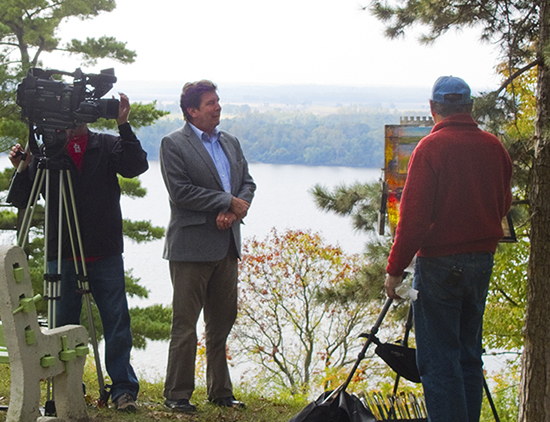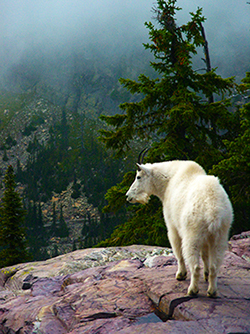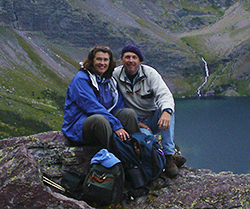Voices of Experience - An Interview with Douglas FryerVoices of Experience:
Douglas Fryer 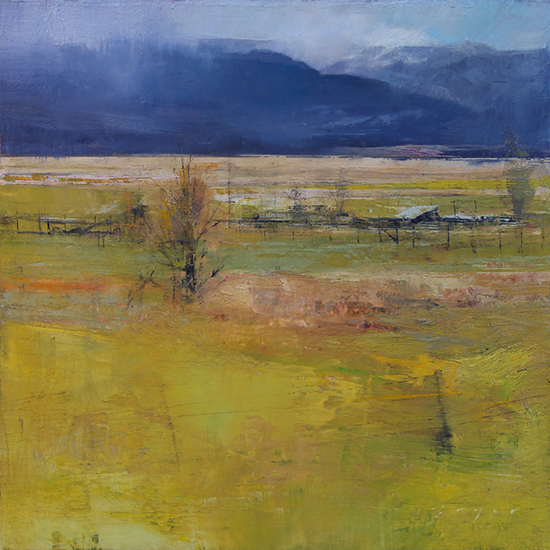 Lambing Shed 15 x 15" Oil "Art happens in the heart and in the mind and in the soul, not just in the hand." Douglas Fryer's pensive and atmospheric paintings point to the essences of his subjects. He is recording, in paint, his emotional responses to those places, objects and people that have inspired him and hoping to awaken an emotional response in his viewers.
Fryer studied at Brigham Young University, receiving a BFA in Illustration and an MFA in Painting and Drawing. He has taught fine art and illustration at Brigham Young, the University of Hartford in Connecticut, and the Fashion Institute of Technology in New York. He lives and paints in the countryside of Spring City, Utah. We asked him to tell us about his family and how he discovered he was an artist. At what point in your life did you know that you wanted to be an artist? Did you receive positive encouragement from your family?
I remember very clearly the day I decided I was going to be an artist. I was five years old, and had just received compliments from my Kindergarten teacher on several drawings I had done of dinosaurs. It was again confirmed to me in second grade. I had just moved to a new school, and my very perceptive teacher saw my interest, and assigned me to direct the class in making a mural on butcher paper, depicting the elements of a big city: a city hall, police department, a firehouse, a zoo, etc. I have never thought of doing anything else since. Were there other artists in your family growing up? If so, did they play a role in your decision to become an artist? My father was an art major for his first two years of college, before switching to political science. He and my mother were very encouraging to me and my older sister who is very talented. My parents ensured that we had a fine collection of art books on our shelves. My uncle was a very gifted professional artist, and I inherited all of his equipment and books. I am told that a great-great grandfather was trained as an artist in England before immigrating to the United States. How did studying illustration affect your development as a painter - positive or negative? Do you feel that any of those skills have been useful in your landscape work? I greatly value my BFA in Illustration. The program at Brigham Young University was very heavy in drawing and traditional painting techniques, as well as composition. I had extremely dedicated instructors. We students had a very tight-knit group also, and there was great positive energy in the studio. While most illustration students are perhaps more interested in the clear communication of concepts, the telling of a narrative, visual entertainment and the development of style, I found my greatest interest was in observation, translation, the materials, and in suggesting personal emotions. You mention skills, which are certainly valuable, but they must be seen in their proper place. Great skills can be liberating, but they also may hinder us from searching for expression of profound feelings if they are seen as the “end-all” of artistic pursuit. Art happens in the heart and in the mind and in the soul, not just in the hand. Studying fine art as a graduate student was equally valuable to me, as it was a turning point in my life, in directing my energies toward things of great beauty and significance. It changed the way I look at the world, and made me think a little deeper about things that matter most. 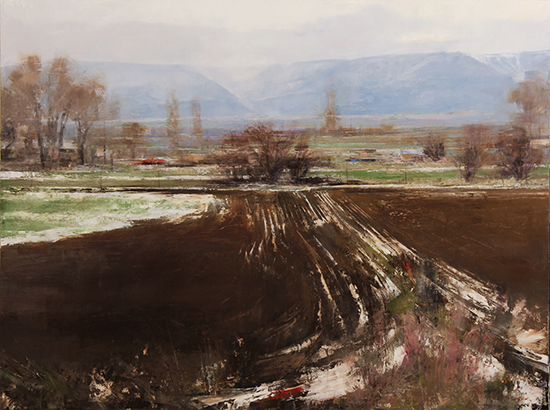 Spring Thaw - North End 36 x 48" Oil What other artists’ work do you look at regularly - historical and/or contemporary? A list of the artists I admire may or may not be readily seen in the work I do. My list would include Rembrandt, Titian, Vermeer, Velasquez, Sargent, Degas, Whistler, Corot, Van Gogh, Klimt, Inness, Cassatt, Twachtman, Church, and of course Wyeth. However, I remember sitting in the Museum of Modern Art for hours in front of Franz Kline, Matisse, Rothko, Motherwell and others. Antonio López Garcia, Alex Kanevsky, Daniel Sprick and George Fischer are some contemporary painters I admire greatly. Utah painters Bruce Hixon Smith, Doug Snow, Gary Ernest Smith, Joseph Ostraff and Michael Workman have all been inspirational to me, but honestly, I do not look at much current landscape painting. If you could spend a week painting and visiting with one artist from history, who would you choose? Vincent van Gogh, without hesitation. What is it about a landscape that sparks your creative juices - the light, the composition, the subject? I tend to see the land as shape, pattern and edges. Of course in painting these become planes, marks and hard and soft transitions of value and color. Once the subject is decided, the only choices you have left are ones of composition. It is all about the arranging of marks on a surface, and the creation of an abstracted version of reality, with the suggestion of things that are unseen, but felt. 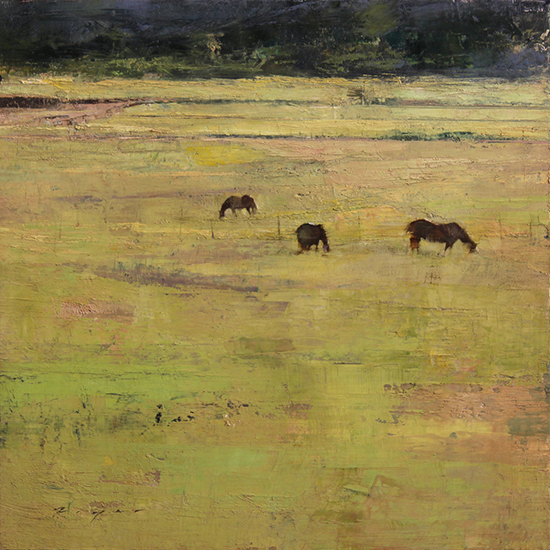 Afternoon Sun 12 x 12" Oil
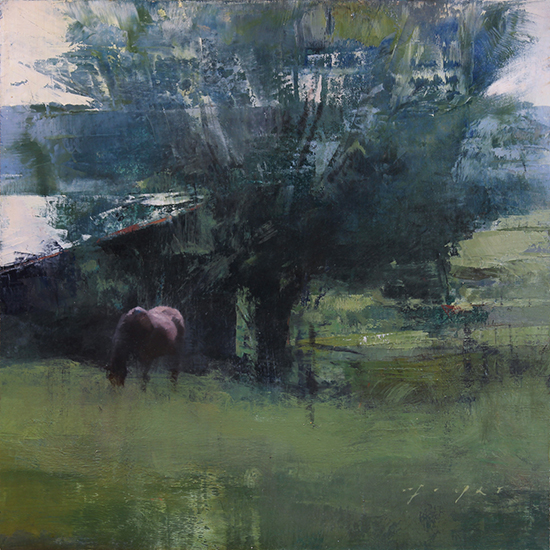 Silver Light - Hillside 10 x 10" Oil Is painting outdoors necessary for your studio work? What approximate percentage of your painting time is spent in the studio and what percentage is spent painting outdoors?
I do very little painting outdoors. I really enjoy the process of making compositional decisions in the studio.100 hours inside to every hour outside painting. Would you share what colors you typically keep in your palette? Raw Umber, Burnt Umber, Raw Sienna, Burnt Sienna, Yellow Ochre, Cadmium Red Medium, Cadmium Orange, Cadmium Yellow, Hansa Yellow, Azo Yellow, Pthalo Blue, Cerulean Blue, Cobalt Blue, Ultramarine Blue, Dioxazine Purple, Quinacrodone Purple, Quinacrodone Rose, Transparent Red Oxide, Indian Yellow, Indigo, Titanium White, Ivory Black. You sometimes use a variety of large palette knives or large spatulas to block in your studio canvasses, and those tools give your paintings a particular surface and look. How or why did you develop that technique? A rule of thumb I adopted a long time ago is to use a tool that is too large for what you are trying to do. For me the blocking-in is a very active, energetic and intuitive part of the process, and I want to get a lot of paint down quickly. I want to make general, broad choices of value and color. I want to push edge into edge, using a generous amount of paint. I will quickly move from trowel to knife to brush and then back again - going as far as I can with one stroke and one tool, then switching when I feel the need. As I mentioned before, It is about variety marks and surface and edge for me. I will use a 4” trowel, a painting knife, a flat bristle brush, a soft synthetic brush and a sable sometimes back and forth from the start to the finish. Anything that will allow me variety of choices that will in turn give me variety of marks and surface - naturally. Infinite variety within absolute unity. 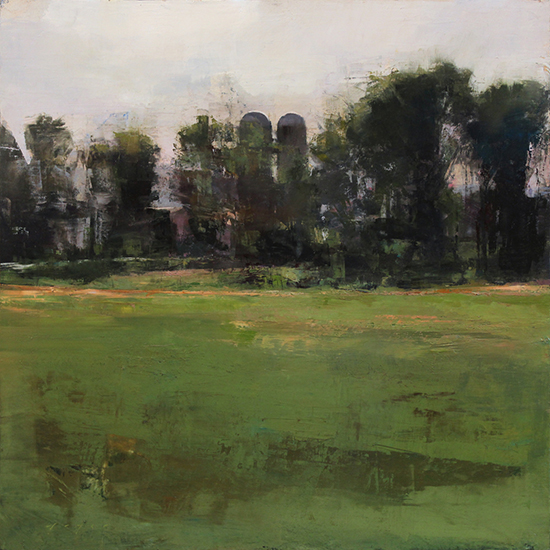 Twin Silos 24 x 24" Oil 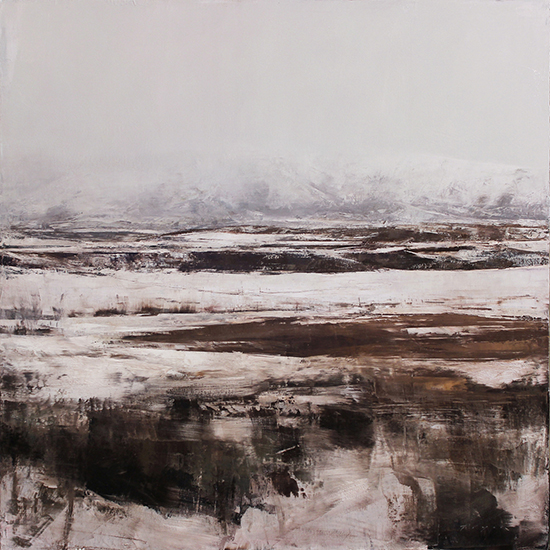 Western Ranch Winter 30 x 30" Oil You have said that there is profound beauty in places that we take for granted, and you often paint locations that do seem quite ordinary. What you do in your paintings, though, elevates those places and makes them feel remarkable. Do you find that part of the excitement in painting for you is precisely this challenge of bringing out the extraordinary in the mundane and communicating that especially well? When successful, isn't that a form of poetry? If we are not about the making of poetry, then what is the point? To be able to appreciate the significance in the ordinary is a precious gift to those who recognize it in themselves. I think that as a child I was given special experiences that awakened this yearning in me. I remember spending hours in the tops of trees, just swaying in the breeze, or lying in tall grass looking at clouds; digging in the dirt with my fingers and being so interested in what was in such a small hole. I think I have an overdeveloped sadness in the passage of time, the constant loss of small moments and memories, and so I become nostalgic and perhaps sentimental in my desire to make concrete the ordinary and overlooked. We also have to remark upon your paint surfaces and your techniques, which lend your paintings a visceral, almost abstract quality. It seems to us that you are also very concerned with creating a painting that says something special about the act of painting itself - as though you are trying to satisfy yourself with each new work by aiming for a high personal standard? Great art is a record of the state of mind of the artist in the moment he or she applies the paint, or writes the word, moves their body in the dance, or plays the note. It is a very difficult thing to keep in the right state of mind, one that will help us reach to further understanding and accomplishments. Our mind and our body are intimately connected, and we learn and communicate with both at once. Most of what we experience we abstract and simplify in ways that are meaningful to us. Perhaps it is in their abstract state that things have the greatest potential to become specifically significant.
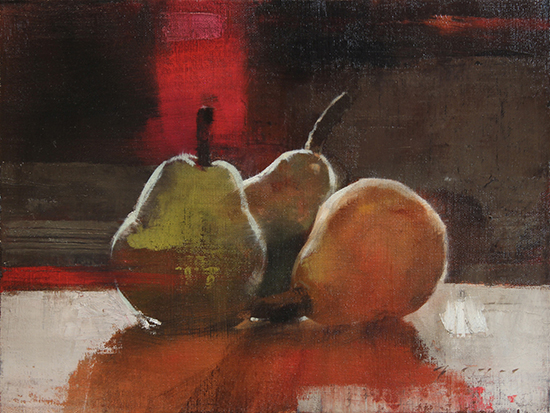 Autumn Pears 9 x 12" Oil 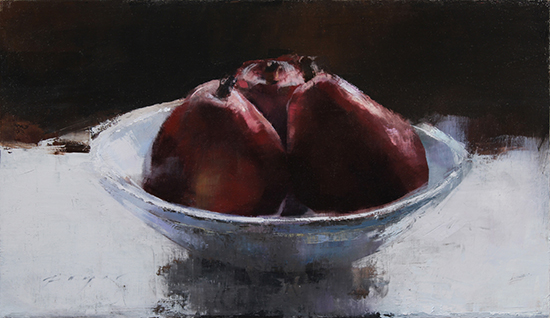 Anjou Pears in Blue 7 x 12" Oil 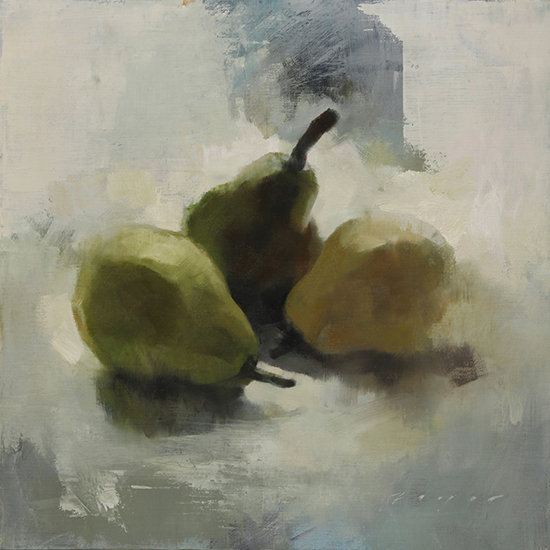 Green Pears 11 x 11" Oil Your use of color is very sophisticated and harmonious. Do you manage your color by creating color strings before you start a painting or just proceed out of intuition and experience? My graduate advisor, Bruce Hixon Smith, once told me that the best colors are the ones you can’t put a name to. It is a rule I try to let guide my intuition. However, I often do make a loose plan: will it be analogous, complimentary or triadic, for example. Harmony and balance are most important, but often I find that as I am trying to solve a color problem I find that it is really a value problem, or that the area I am trying to solve in the upper left gets better as I solve the lower right. Do you think of your work as realism, abstraction or something else? The terms "realism" and "abstraction" have been used and misused in so many ways that they have almost lost the ability to be defined or applied. I just try to make paintings that are as true as I can make them regarding elements of subject, space, mass and volume, but also other aspects such as passage of time, memory and the metaphysical which can be sensed though not described except through artistic means. I want them to be healing in nature, enriching to my soul, and help me enter a more contemplative frame of mind. How they are categorized is not as important to me as I once thought it would be. What do you think is the single most important lesson or tip you have learned about painting in your career? If there is anything beautiful, lovely or of good report or praiseworthy, seek after it. What words of encouragement or piece of advice would you give a beginning artist? This life is meant for you to discover the relative importance of things that demand your attention, and to make decisions that will bring happiness to yourself and those around you. Use your talent for meaningful purposes, and work as hard as you can to increase your abilities to express significant things, though they may be small things at first.
Visit Douglas Fryer's website to see more of his paintings.
All artwork copyright Douglas Fryer |
Become an Artist's Road Member Today!
Already a Member?Log in here. To renew your membership, log in and follow the links. Search the SitePerspectivesNot ready to become a Member yet? Subscribe to our free email postcards, "Perspectives". Enter your email address here.
Member ContentFree ContentThe Artist's Road StoreNocturnes - A Primer on Night Painting Filled with inspirational examples by the masters of nightime painting, this little book is sure to fire up your creative energies. Never tried painting at night? We show you how it's done with a step-by-step-oil demo and a tale of night painting in the wilds of Rocky Mountain National Park. The Primer on Night Painting - Nocturnes is a 7 x 7" PDF download with 40 pages of text and images. It includes a gallery of paintings by masters of the nocturne, information to inspire and encourage you in your plein air nocturne painting, an illustrated step-by-step demo and tips for working in pastel and oil. Also available in a softcover edition. Check out the tools and other products that we use in our own art and travels in The Artist's Road Store. We only offer things for sale that we enthusiastically believe in.
About Us
|
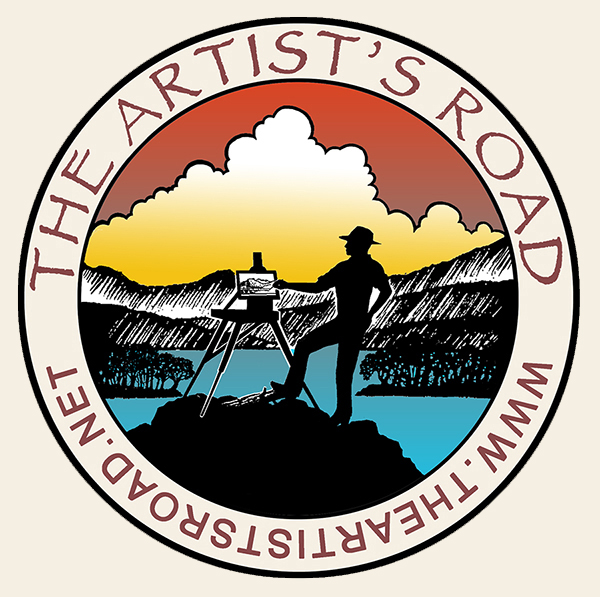
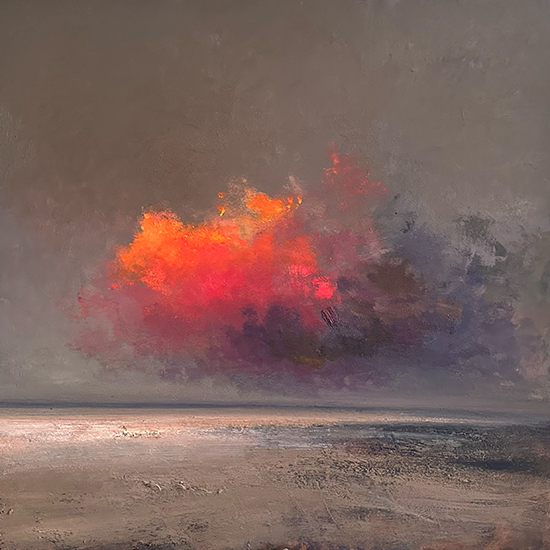 Voices of Experience:Richard K. Blades
Voices of Experience:Richard K. Blades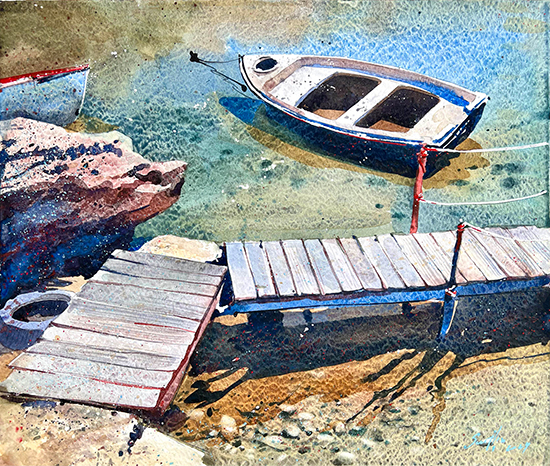
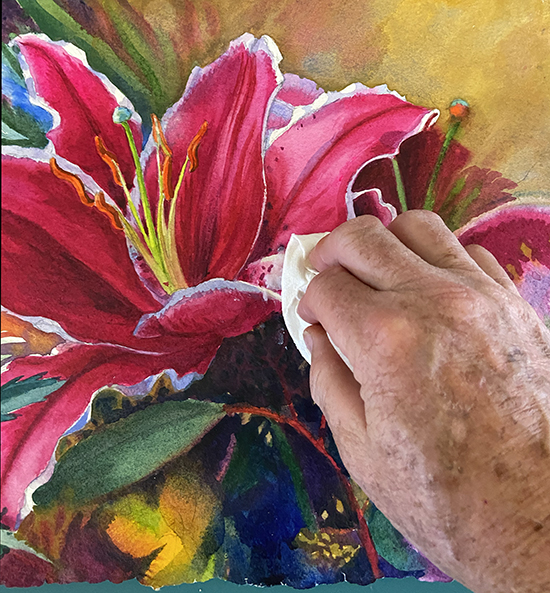 ing Watercolors
ing Watercolors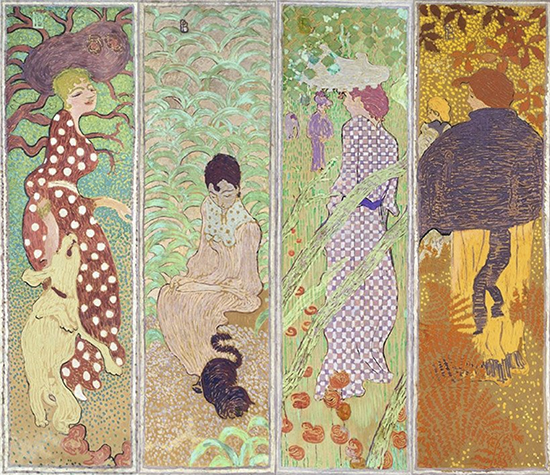
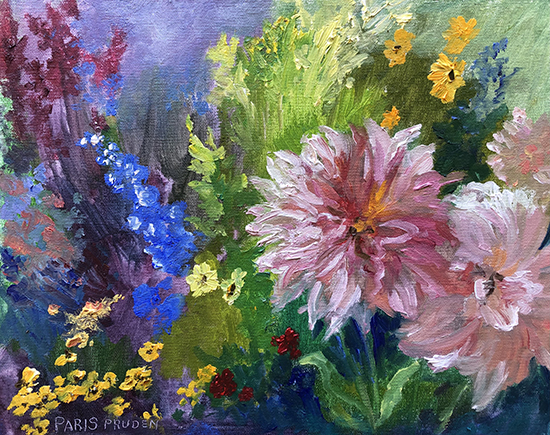
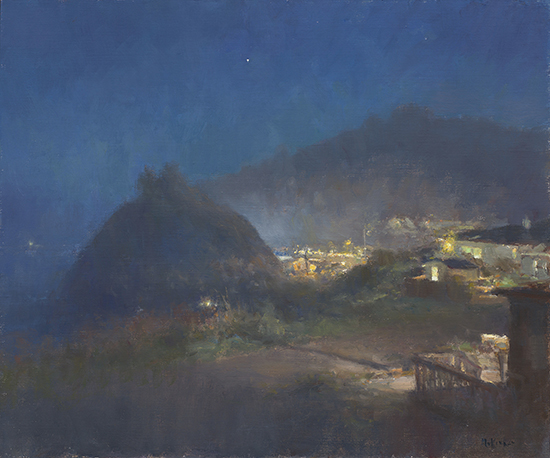 Nocturne Notes
Nocturne Notes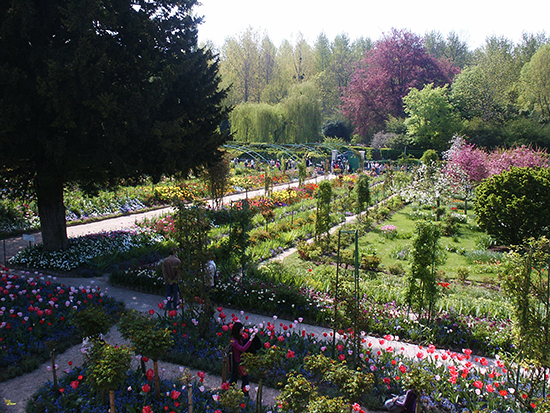 Inspiration in Monet's Gardens
Inspiration in Monet's Gardens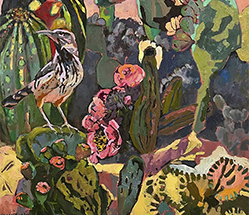
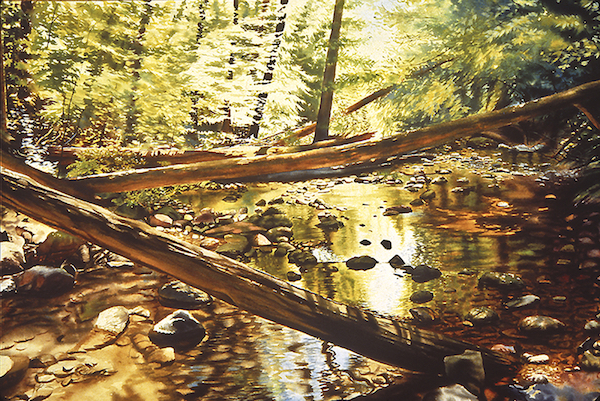 The Watercolor Medium
The Watercolor Medium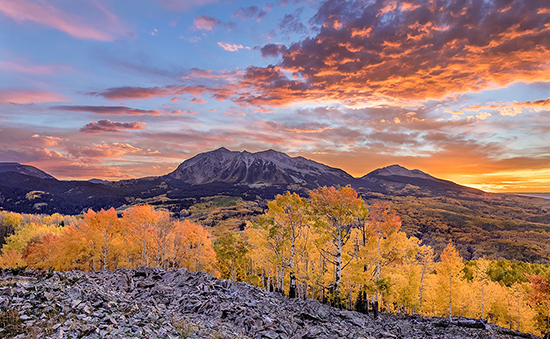
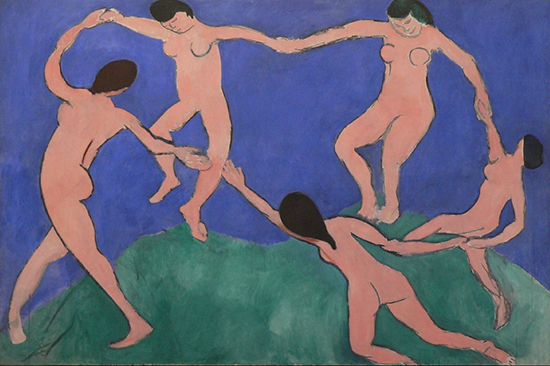 The Perspectives Archive
The Perspectives Archive